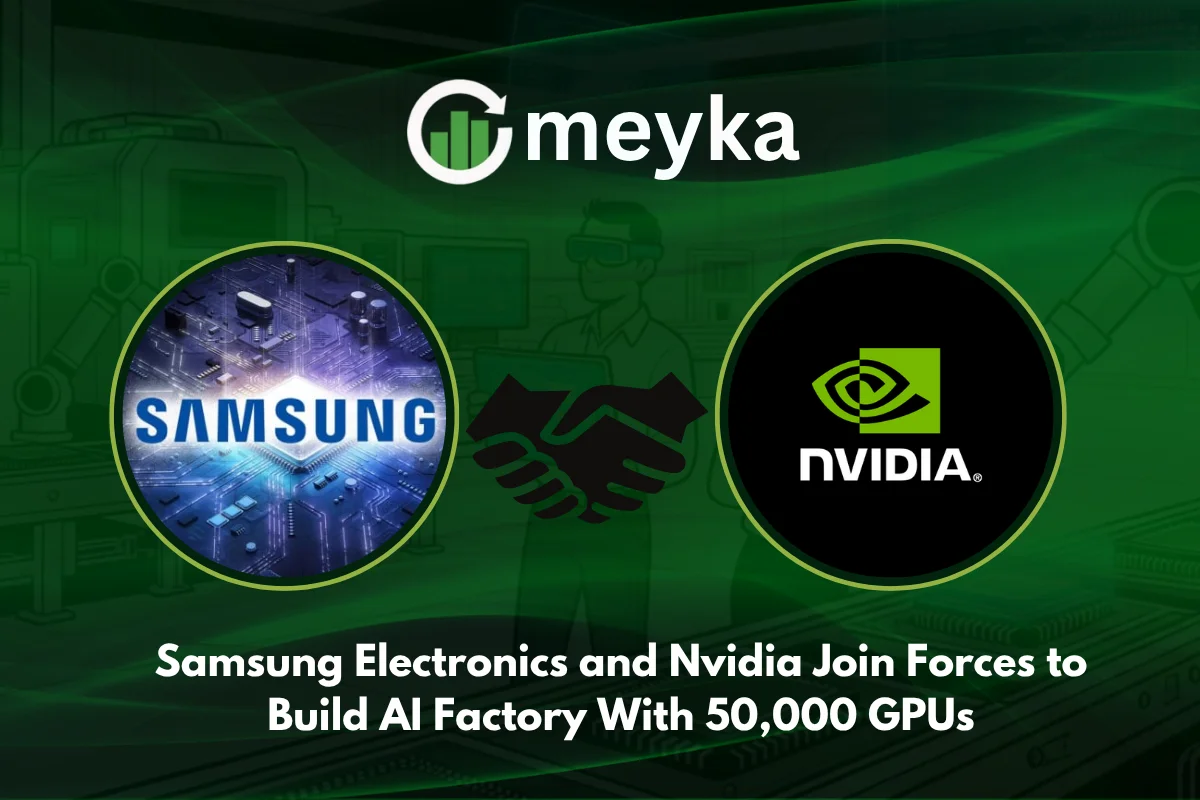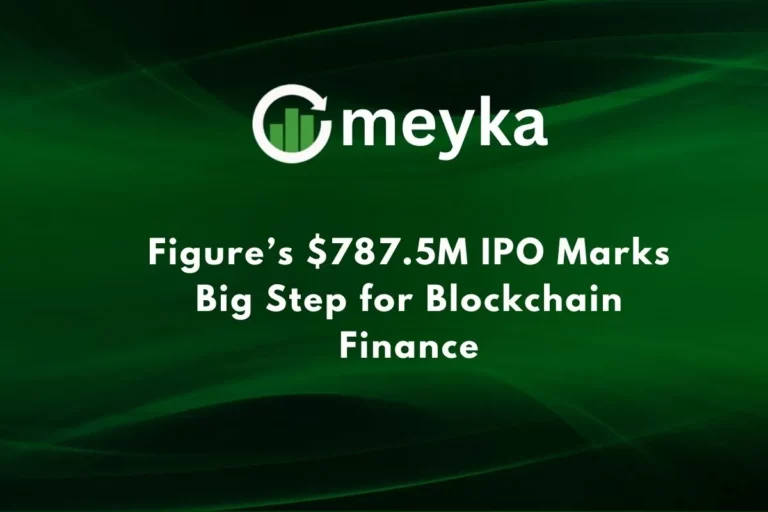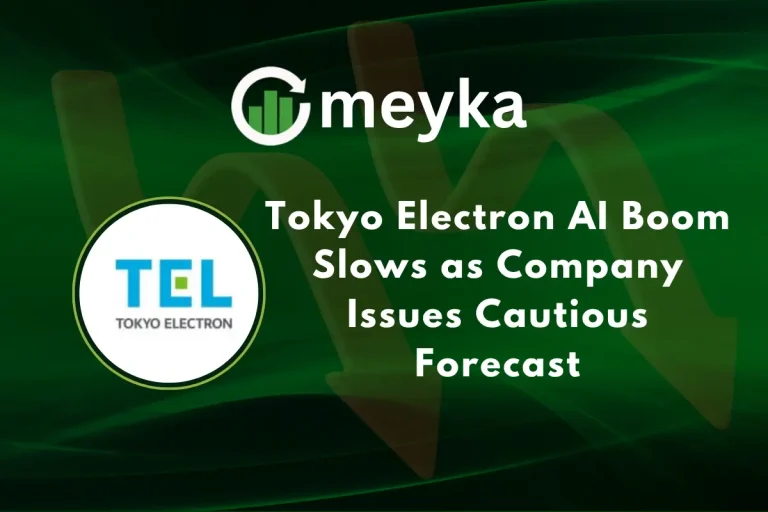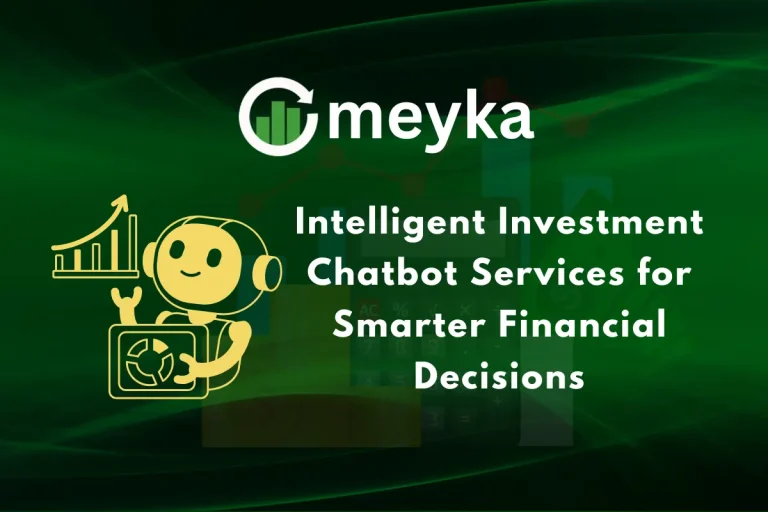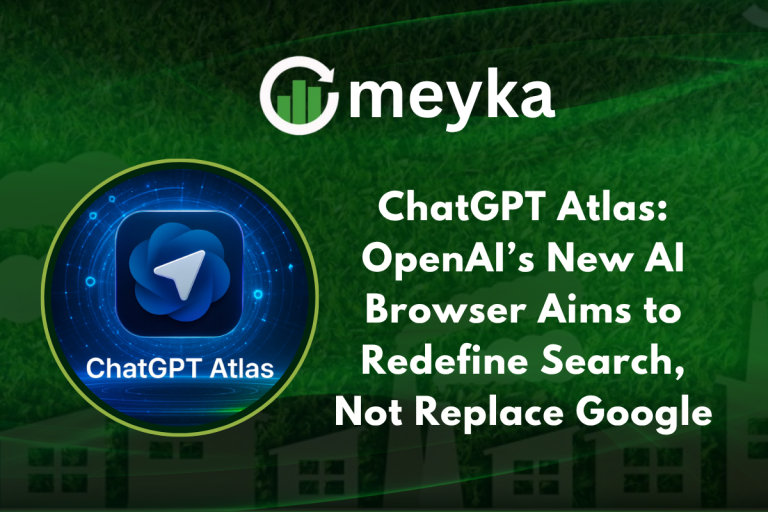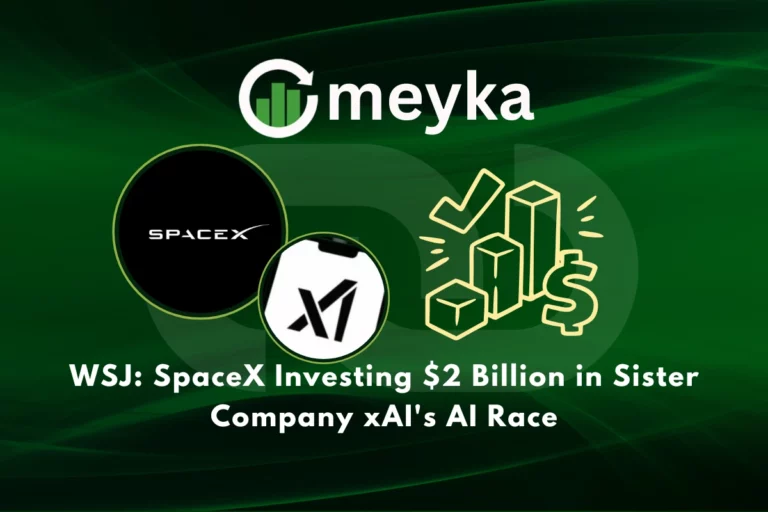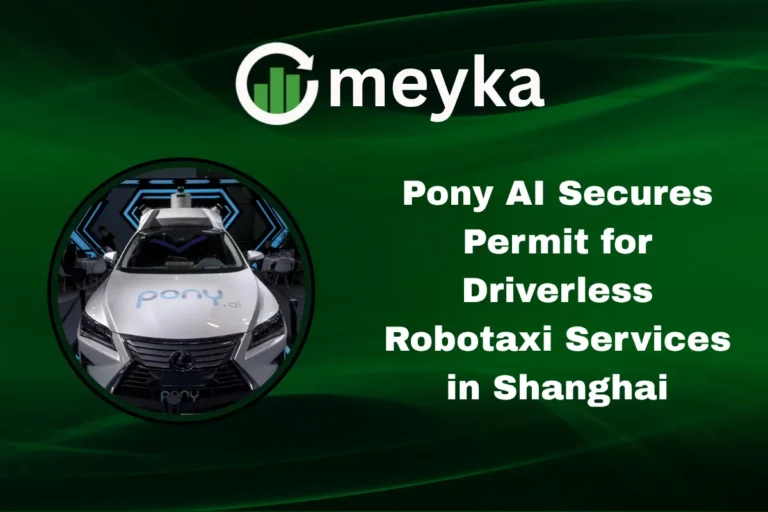Samsung Electronics and Nvidia Join Forces to Build AI Factory With 50,000 GPUs
A New Era for the “AI Factory”
In a move that could reshape the manufacturing landscape, Samsung Electronics and Nvidia have announced plans to build a massive AI factory, powered by more than 50,000 GPUs supplied by Nvidia. This initiative highlights the growing intersection of semiconductor manufacturing, artificial intelligence and industrial automation. As we follow this story, the term AI Factory will take on deeper significance, much more than a buzzword.
What the Collaboration Entails
Under the agreement, Samsung will deploy more than 50,000 of Nvidia’s highest-end GPUs in its next-generation manufacturing hub. According to the companies, the new AI factory will integrate chip design, production, robotics, and smart factory operations into one unified system.
Specifically, Samsung will use Nvidia’s CUDA-X libraries, Omniverse digital twin platform and cuLitho library to accelerate its lithography, design simulations and manufacturing processes.
The goal is to leap forward in chip yields, production time and efficiency, characteristics that are especially important as Samsung competes in advanced memory, foundry and logic segments.
Why This Matters for the Stock Market and AI Stocks
From an investment perspective, this kind of large-scale AI Factory project carries several implications:
- For companies like Nvidia and Samsung, this signals not just incremental growth but a major strategic move into industrial AI.
- It adds to the narrative of AI stocks being not just about software and cloud, but also about hardware and manufacturing. Companies that supply or enable this physical layer of AI infrastructure are often overlooked.
- For stock research, the move underscores how manufacturing process improvements (via GPUs and AI) can translate into improved margins, competitive differentiation and potentially higher valuations for hardware-oriented firms.
- More broadly in the stock market, the clustering of AI hardware, smart manufacturing and robotics into a dedicated factory suggests new sector linkages, making traditional manufacturing companies relevant to AI themes.
In short, the AI factory concept may redefine how we think of industrial shares and technology plays rather than keeping them segregated.
How the AI Factory Works in Practice
The planned factory will effectively serve as both a physical production facility and an AI training & inference hub. Samsung will host digital twin environments where manufacturing lines, lithography processes and factory robots are simulated in real time. This means the 50,000+ GPUs will not simply crunch cloud workloads, but drive operational AI in the manufacturing context.
For example:
- Equipment sensors will feed data into AI models hosted on Nvidia GPUs.
- The AI models will detect anomalies, simulate outcomes, optimise machine parameters and reduce waste.
- The digital twin layer (using Nvidia Omniverse) lets Samsung test changes virtually before applying them on the production floor.
- Memory, logic and packaging processes will be integrated, shortening the design-to-production cycle.
Thus, the AI factory becomes a real-time intelligence layer supervising millions of operations, rather than just a conventional “factory with machines”.
What’s at Stake – Benefits & Risks
Benefits
- Smart manufacturing driven by AI can lead to higher yields, lower scrap rates, faster time-to-market and ultimately lower unit costs.
- For Samsung, this can strengthen its foundry and memory leadership. For Nvidia, it reinforces its dominance in the GPU and AI infrastructure segment.
- For investors, this may translate into improved profitability, stronger competitive positioning and potential share-price upside.
Risks
- Execution risk is material. Deploying 50,000+ GPUs in a factory environment is complex and requires major organisational and technical shifts.
- The return on investment may take years to fully materialise; market expectations might be elevated.
- The global semiconductor industry is cyclical; memory and foundry players like Samsung face external headwinds (e.g., oversupply, pricing pressure) that could reduce benefits from AI factory gains.
- For Nvidia, a slowdown in GPU demand, competition from other AI-hardware vendors or supply-chain issues could hurt momentum.
Thus, while the AI factory theme is compelling, investors should weigh both the upside and the execution risks.
Key Takeaways for Investors
- Monitor earnings reports from Samsung and Nvidia for commentary on the AI factory rollout: look for metrics around production efficiency, yield improvements and AI tool adoption.
- For those doing stock research, pay attention to metrics like foundry/logic capacity utilisation, memory pricing trends, GPU demand growth, and the pace of digital-twin deployment.
- Watch the broader macro environment: global chip demand, memory chip pricing, trade tensions, and AI hardware supply constraints all impact this narrative.
- Consider the valuation context: while AI themes are hot, manufacturing-oriented firms may currently trade at lower multiples compared to pure-play software/AI stocks, offering potentially better value if execution proceeds well.
- Keep an eye on new entrants and hardware-acceleration platforms: competition could erode the unique advantage of this partnership.
Conclusion
The partnership between Samsung Electronics and Nvidia to build a dedicated AI Factory powered by over 50,000 GPUs is a landmark moment in industrial history. It blends semiconductor manufacturing, artificial intelligence, smart factories and digital twin technologies into a unified vision.
For investors and market watchers, this move offers a rare opportunity to witness the physical infrastructure of AI in action. It goes beyond cloud models and software stacks to show how AI transforms manufacturing. Although some risks still exist, the potential rewards are significant. This makes it an important development in the world of AI stocks, stock research, and the overall stock market.
FAQs
An AI factory refers to a manufacturing facility that integrates large-scale artificial intelligence (AI) infrastructure, such as thousands of GPUs, digital twin simulations, real-time analytics and robotics, into its production processes. In this case, Samsung and Nvidia are creating one with 50,000+ GPUs to optimize chip manufacturing, quality control and design-to-production workflows.
The deployment of 50,000+ Nvidia GPUs is expected to enable Samsung to accelerate simulations, lithography optimisation and process control. By doing so, Samsung can reduce manufacturing cycle time, improve yields and potentially lower costs. This may strengthen its foundry and memory business lines and improve its position in the global semiconductor industry.
Investors should monitor four main areas: (1) Samsung’s and Nvidia’s commentary on rollout timing and productivity gains, (2) memory/foundry pricing trends and capacity utilisation at Samsung, (3) GPU demand growth and supply constraints for Nvidia, and (4) broader macro factors such as trade policy, semiconductor cycle risk and hardware competition. Together, these factors will inform whether the AI factory delivers tangible value.
Disclaimer:
The content shared by Meyka AI PTY LTD is solely for research and informational purposes. Meyka is not a financial advisory service, and the information provided should not be considered investment or trading advice.
